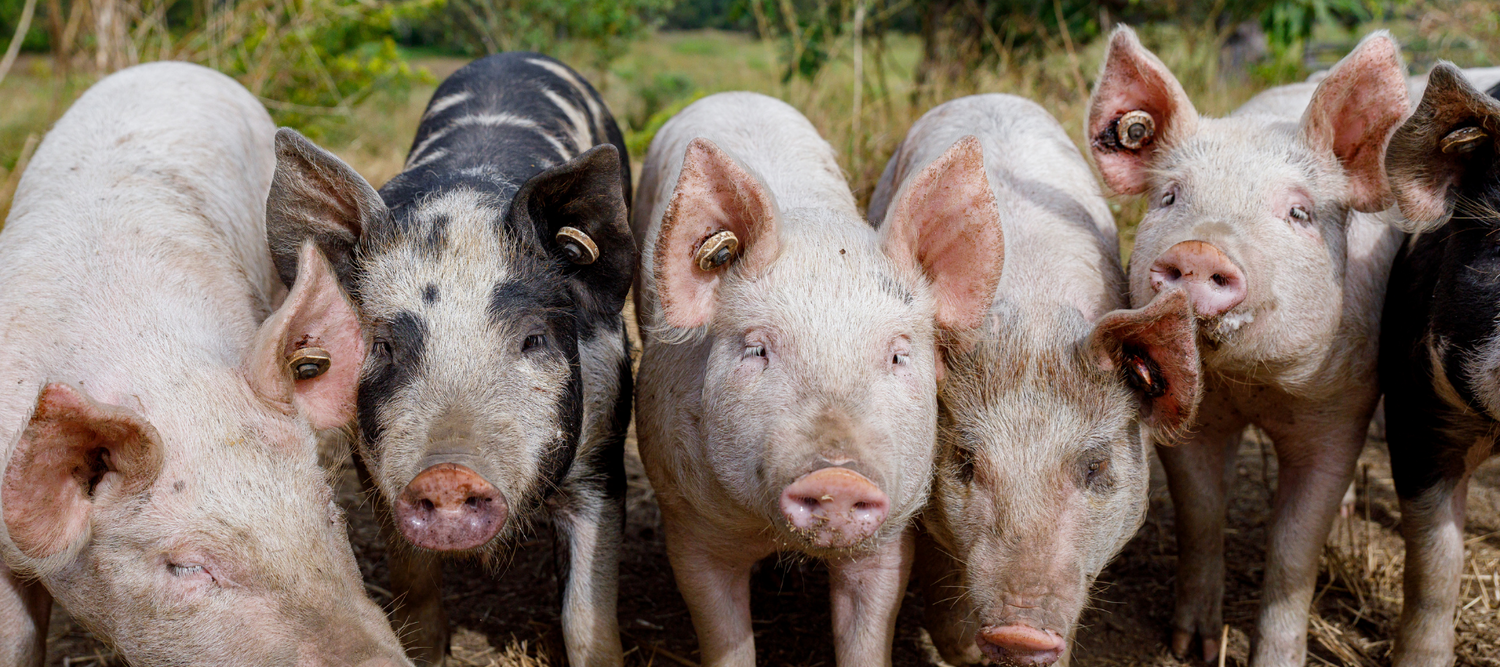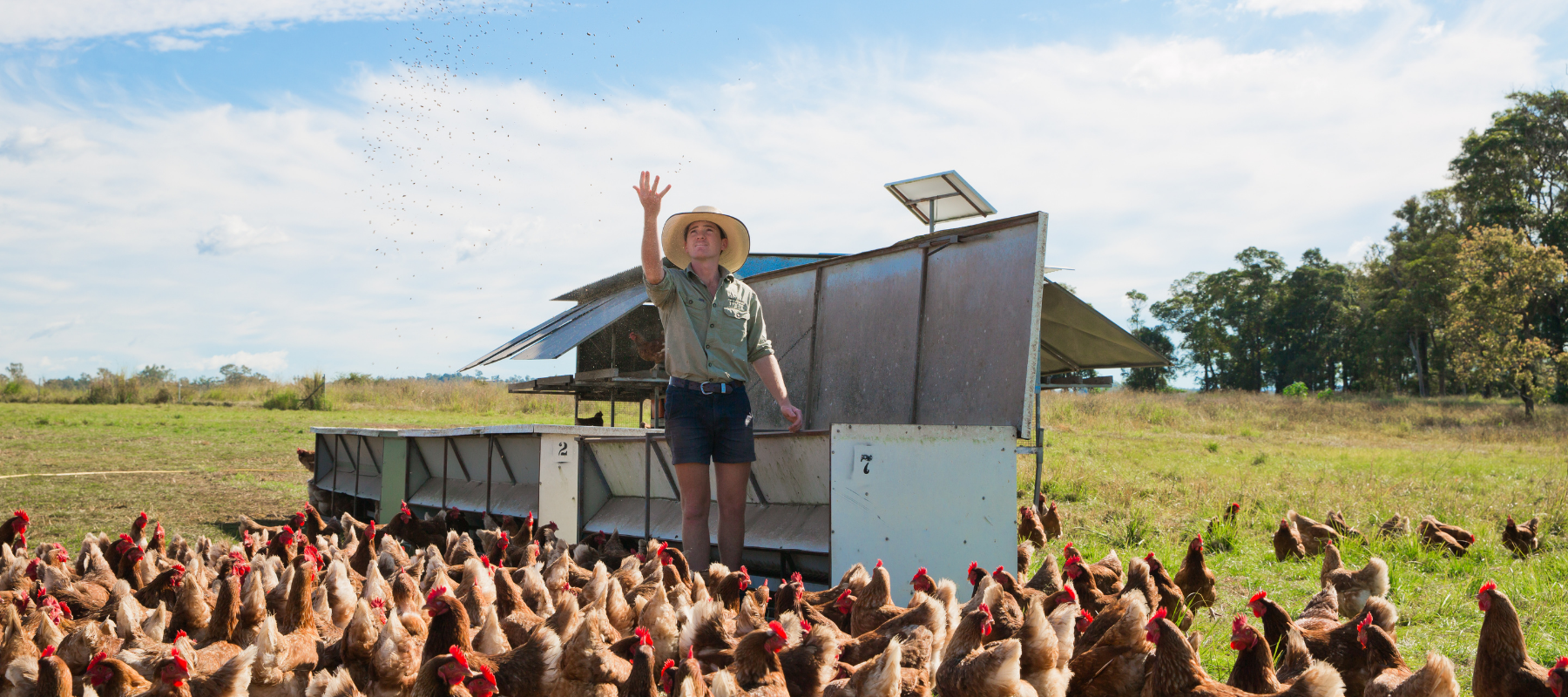What role do animals play in natural sequence farming?
If you are thinking about regenerative agriculture and natural sequence farming it is crucial that you consider the role the animals play and how they will work with the landscape. At Forage Farms we made deliberate choices about when to introduce certain animals because of the way they interact with our environment.
Chickens and pigs first
While there was plenty of grass when we first arrived here, the farm lacked diversity and was full of lower quality plants that tend to thrive when there is low fertility. We knew that this environment was not at a high enough standard to finish cattle and sheep in. To increase fertility, we needed to introduce some primary colonisers – so along came the pigs and laying hens.
Feeding them an external food source (grain) to supplement the existing broad leaf plants we were able to quickly increase the nitrogen and fertility in the soil. Chickens and pigs scratch and dig, preparing the soil and adding organic matter from their manure providing the perfect environment to sow new pasture seeds. Once the plant diversity had improved we were then able to introduce other animals that aren't grain-fed.
Cattle and sheep next
Introducing sheep and cattle meant that we now had some paddock preparers for the chickens. Instead of having to slash the long grass to create a better environment for the chickens, the cattle and sheep were now grazing on the grass keeping it short enough for the chickens to forage in and prevent them from laying eggs in long grass – which makes them hard to find. Chickens will eat just about anything, and it just happens that they love cow manure so now our birds were even happier!
Nature doesn’t like monocultures. It all works together which is why stacking our animals like this is so effective. This little system is one of the favourite learnings visitors comment on when they take a farm tour. We love it too.




